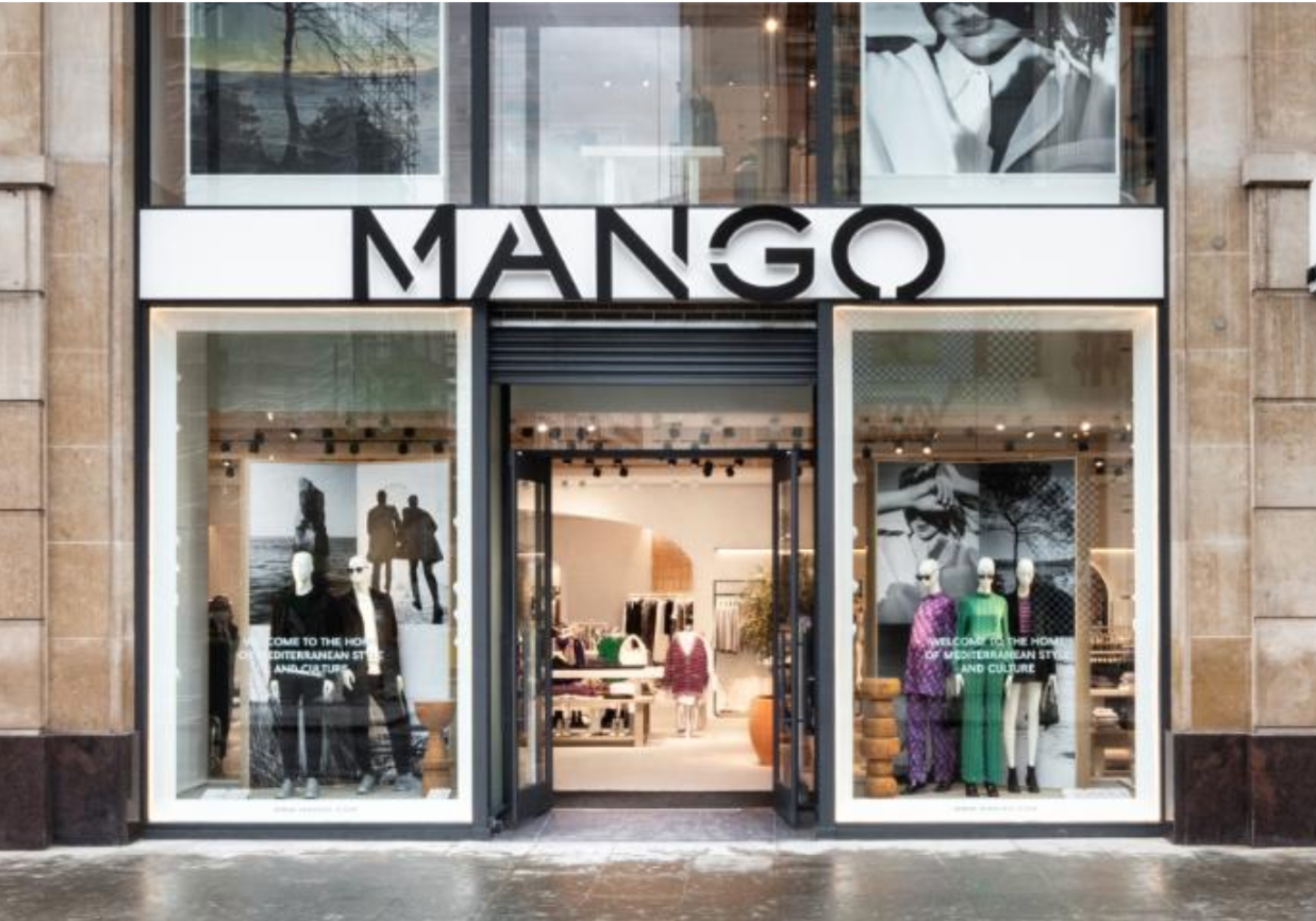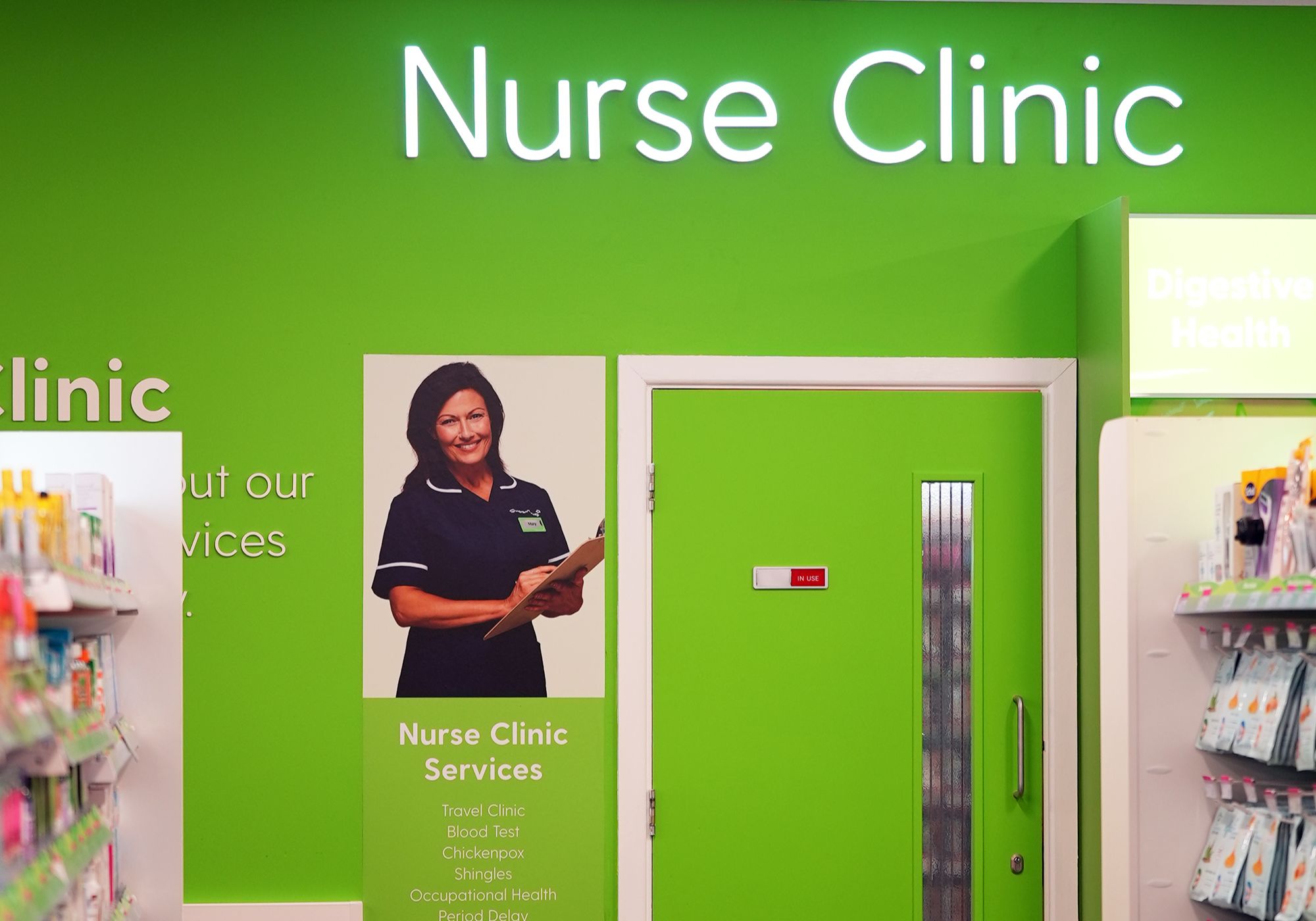We’re around 200 days away from Black Friday 2015. While the promotions and dire predictions are still a long way off, planning and preparations are well under way.
While there are longer terms challenges around the delivery value chain and shoppers’ willingness to pay for enhanced services, there are also shorter term quick fixes that can, and should be implemented. Better communications is one such thing.
Retailers need to be more open with their delivery partners about expected sales if consumers are to avoid a repeat of problems experienced during last year’s pre-Christmas peak period.
That’s the opinion of Simon Veale, director of Global Freight Solutions (GFS), a parcel and carrier management firm. A failure to do so could push the sector to breaking point and beyond, he thinks.
And he’s not the only one holding that opinion.
Poor internal communication between some retailers’ sales and supply chain divisions could result in their having insufficient contingency to cope with spiralling online orders. Even though preparations are now well under way for this year’s peak, a number of retailers might not have learned lessons from unexpectedly high sales on Black Friday and Cyber Monday in 2014.
Veale warned that simply carrying on regardless could see delivery contingency severely tested over Christmas 2015 because of a likely double-digit rise in parcel volumes and there being one less carrier to move them. “Black Friday and Cyber Monday are now regarded as accepted elements of the UK’s annual surge in online shopping during November and December.
“However, the business of forecasting delivery capacity to meet expected sales volumes can only really be effective if the operations staff providing the information, by which the level of carrier support is determined, are fully aware of what plans a retailer’s sales or marketing teams have in store.
“A more informed discussion would also enable retailers to advise consumers about the ability to defer deliveries or use alternative delivery methods in order to avoid the sort of parcel congestion which was apparent around Black Friday last year.”
It’s an outlook shared by Neil Ashworth, CEO of Collect+, who describes last year’s peak as ‘vertical’, in so far as everyone stayed happily inside their own business silo.
”Retailers’ marketing teams will have decided what deals they were going to run. They will have talked to their supply chain colleagues, who will have said “if we do that then here’s the likely consequences, so we’ll increase stock depth of those items that were going to be heavily discounted,” he says.
“There might have been conversations with the distribution teams, but that information won’t automatically have been passed on to the carriers. And as a consequence you have to wonder if the right plans were put in place – I don’t think they were.
“Over the previous four years that we’ve experienced BF in this country, its generally just resulted in a bit of PR for Asda and Amazon, but last year saw everyone pitching in.
“That’s why I think there’s an obligation for this coming Christmas to be a more horizontal one.”
There is clearly a shared burden here, with everyone in the retail supply chain having a responsibility – and indeed motivation – to see improvements this year.
“The carriers have certainly made great efforts to be able to better prepare themselves. By being clearer with consumers and carriers about what is expected, retailers can also help themselves,” Veale says.
“It is by no means an issue which is common to every single retailer but there are some in which the matter is clearly more pronounced – and, therefore, more of a potential problem – than others.
“The need to do so is arguably even more acute this year than last, given the expectation that parcel volumes generated by e-commerce during the annual peak season will rise by 15 per cent compared with 2014 and the fact that although much of City Link’s business has been assumed by other carriers since it ceased trading last December, that closure still means less capacity to handle a lot more parcels.”
Analysis of the pre-Christmas peak season in the annual GFS Review documented a 37.5% increase in online orders over the last weekend in November, which generated 10 million parcels for the domestic delivery network to process.
Greater adoption of alternative delivery and collection methods, including click-and-collect, parcel lockers and the use of convenience stores, is becoming something of a ‘safety valve’ for the industry, particularly for shoppers and carriers looking to fulfill orders on time.
GFS has launched its own system for retail customers looking to get a network of alternative collection points established, called GFS Checkout.
“By the start of this year’s peak, some 28,500 click-and-collect facilities will be available, without counting on retailer’s own store premises. If each of those handled only 50 items per day, that would deal with about 10 per cent of parcels on the very busiest days,” Veale says.
“Having a number of different delivery methods available and adequate information about how and when to use them can spread the strain and defuse issues which arise when goods don’t turn up as they should.”
The use of click-and-collect is becoming increasingly important for people shopping via mobiles and tablets, according to the recently published ‘IMRG CollectPlus UK Click & Collect Review’, as featured in eDelivery’s sister title, InternetRetailing.
In the next issue of eDelivery Magazine (published in early May) we take a detailed look at some of the preparative steps that can be taken by retailers and carriers to gird their loins ahead of Black Friday 2015.






